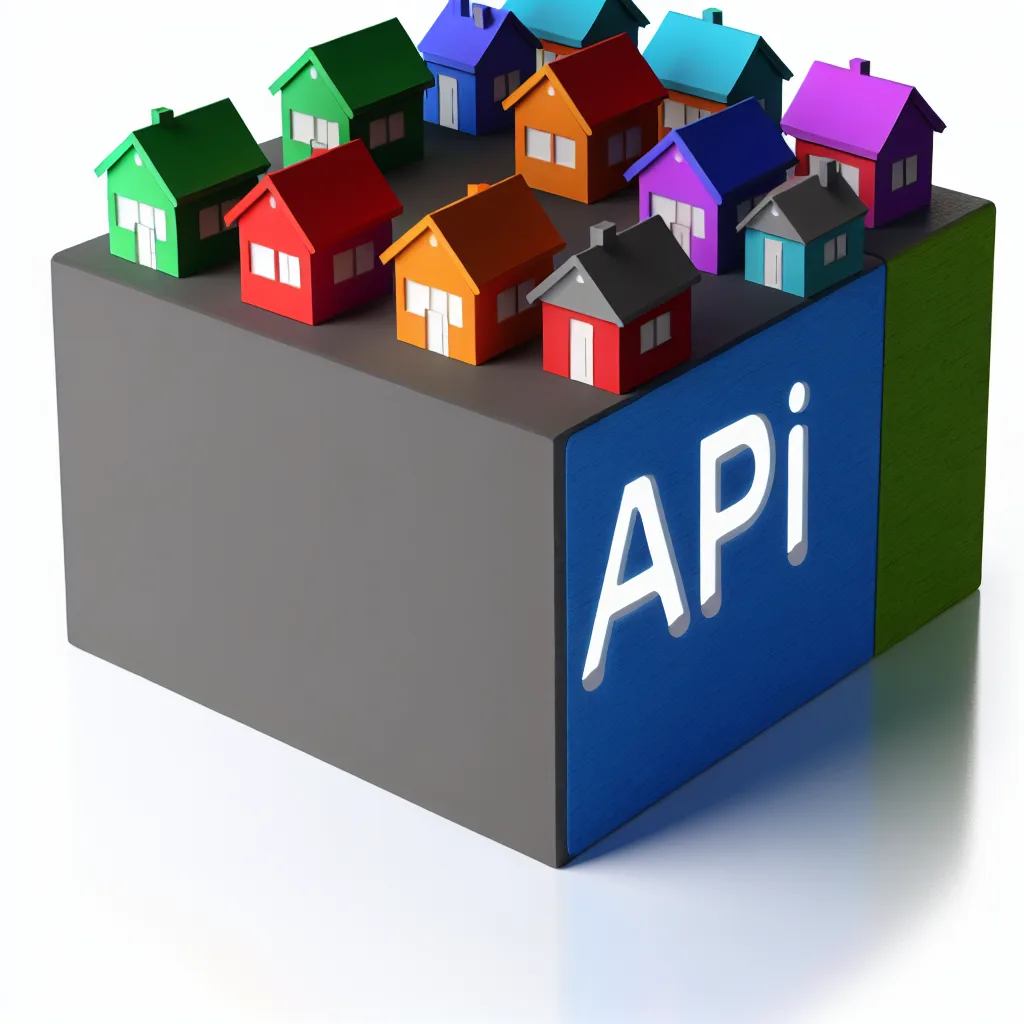Exploring the risks and rewards of building a business on top of big tech’s AI models.
I spend a lot of time looking at new products, and I’ve started to notice a pattern in the world of AI startups. It feels like almost every other cool new tool that pops up is, when you look under the hood, a clever interface built on top of technology from a handful of giants like OpenAI, Google, or Anthropic. This has me wondering: are we witnessing a smart, agile way to build new things, or is the industry developing a serious AI startup dependency?
It’s a genuine question. On one hand, it’s never been easier to bring an idea to life. On the other, it feels a bit like building a beautiful house on land you don’t own. Let’s talk about it.
So, What’s an “API Wrapper” Anyway?
Before we dive deeper, let’s clear up the term “API wrapper.” In simple terms, an API (Application Programming Interface) is a way for different software programs to talk to each other. OpenAI, for example, has a powerful API that lets developers access models like GPT-4.
An “API wrapper” startup builds its entire product around this access. They create a user-friendly interface or a highly specific workflow that solves a particular problem—like writing marketing copy, summarizing legal documents, or generating code—using the big model’s intelligence as the engine.
Think of it like this: The big AI model is a massive, complex kitchen in a five-star restaurant. You, as a startup, don’t build a new kitchen. You just create a really cool, efficient ordering app that lets people get specific meals from that kitchen, delivered right to their table. The app is your product, but the cooking is done by someone else.
The Problem of AI Startup Dependency
This approach is incredibly popular because it lets founders move fast and test ideas without spending millions on developing their own foundational models. But this speed comes with some hidden risks, creating a fragile kind of AI startup dependency.
Here are a few of the big ones:
- No Real “Moat”: In business, a “moat” is your unique, defensible advantage. If your entire product is a thin layer on top of a public API, what stops a competitor from building a similar one tomorrow? What stops the API provider itself from adding your feature to its own product, effectively making your startup obsolete overnight?
- Pricing Power: You are completely at the mercy of the API provider’s pricing. If they decide to double their rates, your business model could shatter. You have no control over your main operational cost. You can see how these costs are structured on pages like OpenAI’s pricing page, and it’s clear they can change at any time.
- Platform Risk: The API you rely on could change, suffer outages, or introduce limitations that directly impact your user experience. As the venture capital firm Andreessen Horowitz (a16z) notes, relying solely on a third-party model means you don’t control your own destiny. You’re building on borrowed land, and the landlord can change the rules whenever they want.
Is This a Sustainable Model or Just a Phase?
So, is this all doom and gloom? Not necessarily. I think this trend might be a natural phase in a new technology cycle. Right now, the foundational models are the main event. But over time, the real value might shift away from the core intelligence and toward the specific, unique ways that intelligence is applied.
A startup could use an API wrapper to quickly find a market and build a loyal user base. Once they have traction and revenue, they can invest that into building more proprietary technology, fine-tuning smaller open-source models on their unique data, or creating a workflow so valuable that the underlying model becomes interchangeable.
The startups that survive won’t be the ones that are just a pretty face for GPT-4. They’ll be the ones that use the API as a starting point to create something genuinely new—a unique dataset, a beloved user experience, or a workflow that saves people an incredible amount of time.
Ultimately, using a major API is a tool, not a business model in itself. It’s a fantastic way to get off the ground, but the long-term challenge is to build something that can stand on its own.
What do you think? Are these wrapper-style startups built to last, or are they just features waiting to be absorbed by the giants they rely on? It’s a fascinating space to watch.
